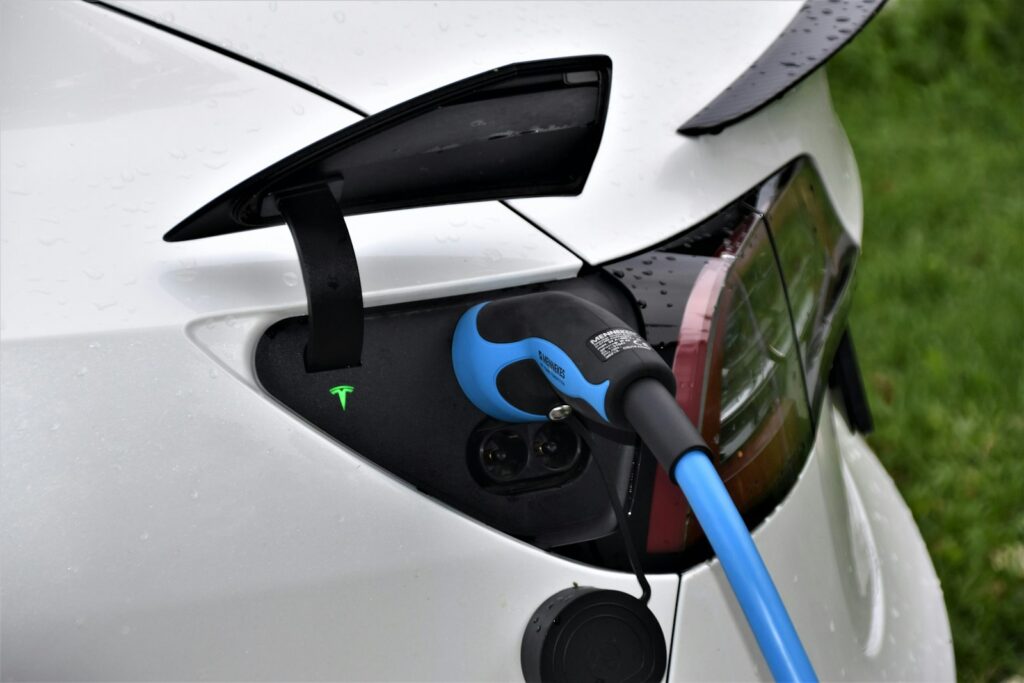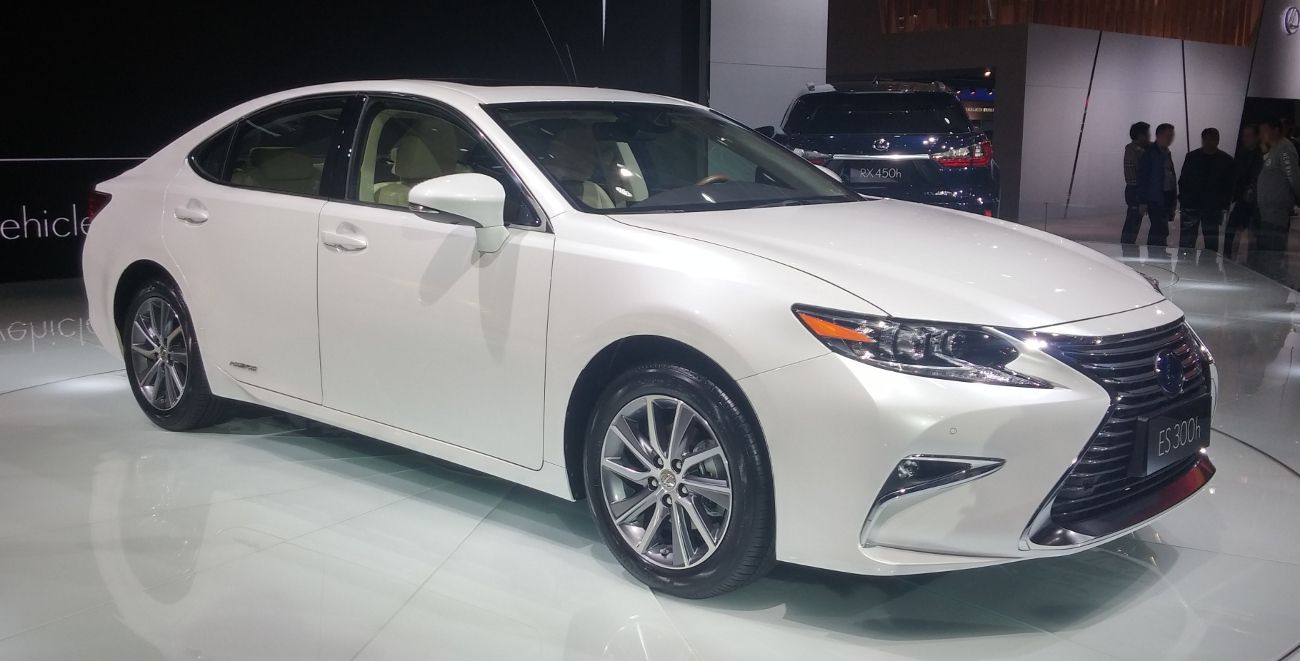
The automotive landscape is in constant flux, but few shifts have generated as much buzz and subsequent debate as the electric vehicle revolution. For years, we’ve heard the resounding promise of an all-electric future, with nearly every major automaker committing to electrifying their entire vehicle range. The vision was clear: a cleaner, more efficient, and technologically advanced era of transportation. However, recent data and market trends suggest that the road to this electrified utopia is proving far more challenging than anticipated.
Indeed, a recent survey revealed that EV interest in the United States has plummeted to its lowest point since 2019. Only 16 percent of Americans now report being “likely” or “very likely” to purchase an EV as their next car. This significant downturn has prompted many automakers to recalibrate their ambitious electrification targets, acknowledging that electric vehicles are simply not resonating with consumers in the manner once envisioned. It’s a complex predicament, one that demands a detailed and objective analysis, moving beyond the initial hype to understand the tangible obstacles.
As seasoned observers of the automotive industry, our insights stem from years of scrutinizing vehicle performance, market dynamics, and the intricate mechanics that underpin both success and failure. We delve into the core reasons why many seemingly “game-changing” electric vehicles are struggling to gain traction, examining the multifaceted issues—from financial burdens to infrastructure deficiencies—that are currently tempering the electric dream. It’s a journey into the heart of the EV market’s current challenges, offering a clear-eyed perspective on what’s truly holding back the mainstream adoption of these innovative machines.
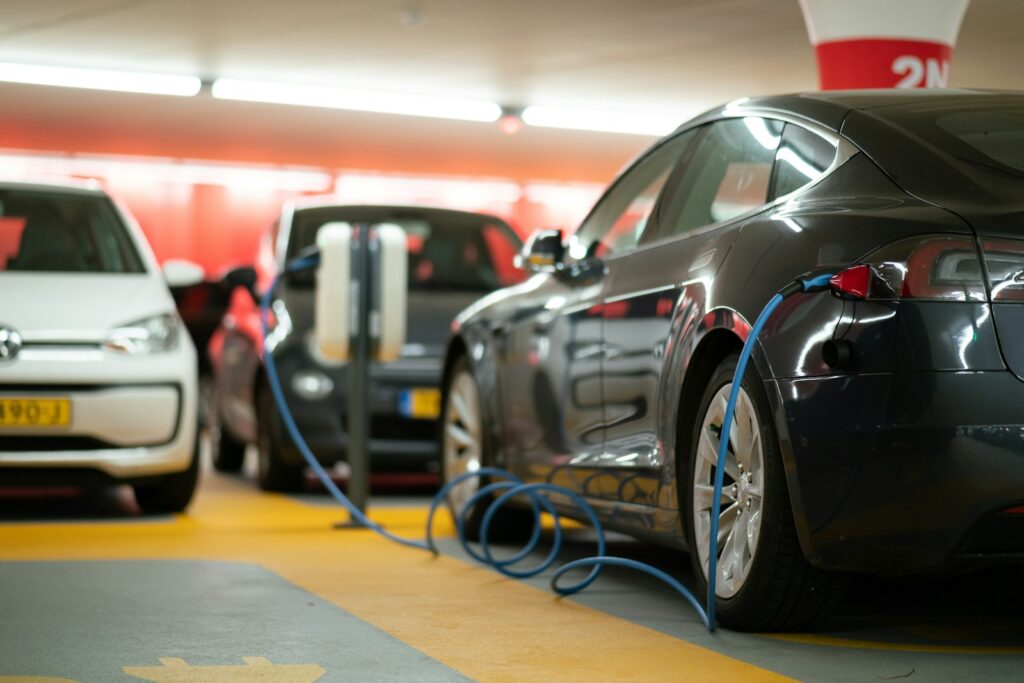
1. **Exorbitant Purchase Prices & Unwarranted Dealer Markups**
One of the most immediate and impactful barriers to widespread EV adoption remains the steep initial purchase price. Electric vehicles have historically commanded a higher premium than their internal combustion engine (ICE) counterparts, a reality often attributed to the cutting-edge technology they house. While innovation typically comes with a cost, the differential is proving prohibitive for a significant segment of potential buyers. We’ve seen this play out with vehicles like Volkswagen’s highly anticipated all-electric ID. Buzz, which carries a starting MSRP of $59,995, is placed firmly out of reach for many.
The situation is further exacerbated by the opportunistic practices of some dealerships. Despite direct pleas from corporations to maintain fair pricing, instances of excessive markups are far from rare. Electrek, for example, recently reported on a VW dealership caught imposing a staggering $35,000 markup on the ID. Buzz. This adds insult to injury for consumers already grappling with high base prices, creating an immediate and tangible deterrent that undermines the perceived value of these advanced vehicles. It transforms an already expensive proposition into an untenable investment for the average consumer, fueling resentment and eroding trust.
For luxury EVs, the issue of premium pricing is amplified, but without the accompanying federal incentives that might soften the blow. Many high-end electric models inherently carry price tags that leave buyers significantly out of pocket. The Inflation Reduction Act’s EV incentives, while substantial for some, often phase out for these higher-priced vehicles, making them considerably less appealing compared to their mid-range alternatives. This creates a challenging paradox: the very vehicles designed to embody prestige and technological advancement are often penalized in terms of affordability, dampening demand among a demographic that might otherwise be inclined to splurge if the value proposition were more aligned.
The perception of electric vehicles as inherently expensive, coupled with the frustration of encountering egregious dealer markups, fundamentally hinders their mass-market appeal. As long as the entry barrier remains so high, and the purchasing experience is marred by such financial friction, many consumers will understandably opt for more affordable, traditional gasoline-powered vehicles. This isn’t merely a matter of technology; it’s a critical economic reality that automakers must confront if they genuinely wish to see their innovative EVs succeed on a broader scale.
Name: Volkswagen ID. Buzz
Manufacturer: Volkswagen
Production: June 2022 – present
ModelYears: 2025–present (North America)
Assembly: Hanover
Designer: Klaus Zyciora
Class: ubl
BodyStyle: minivan
Platform: Volkswagen Group MEB platform
Motor: ubl
Powerout: ubl
Adj: on
Abbr: on
Disp: out
Battery: Lithium-ion battery
Wheelbase: ubl
Length: ubl
Width: 1985 mm
Height: 1937 mm
Weight: 2459 kg
Categories: Articles with short description, CS1 German-language sources (de), Cars introduced in 2022, Commons category link from Wikidata, Electric concept cars
Get more information about: Volkswagen ID. Buzz
Buying a high-performing used car >>>
Brand: VOLKSWAGEN Model: ID. Buzz
Price: $24,494 Mileage: 39,938 mi.
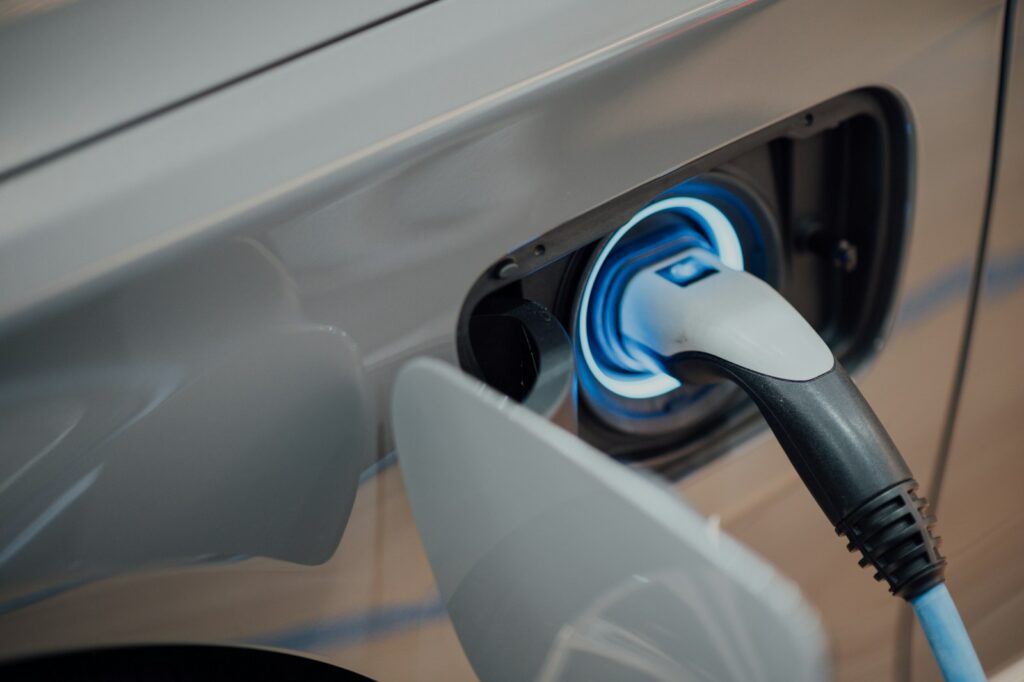
2. **Crippling Depreciation in the Used Market**
Beyond the initial sticker shock, the long-term financial viability of electric vehicles is severely undermined by their rapid depreciation in the used market. Unlike many traditional vehicles that tend to hold their value reasonably well over the first few years, EVs have shown a concerning tendency to shed significant value almost immediately. This phenomenon creates substantial financial risk for owners and acts as a strong disincentive for those considering an EV purchase, particularly in an economic climate where resale value is a key consideration for many.
Concrete examples abound, highlighting the severity of this issue. Consider the case of an ID. Buzz flipper—an individual who purchased the vehicle new with the intent of selling it quickly for a profit. This particular individual reportedly lost a substantial $11,000 on a vehicle that had accumulated a mere 398 miles. Such a dramatic loss on a practically new vehicle is almost unheard of in the traditional automotive market and sends a clear, chilling message to potential buyers about the financial pitfalls of EV ownership.
This rapid depreciation isn’t an isolated incident; it aligns with a broader, observable pattern across various EV models. A quick perusal of reputable resale platforms like Bring a Trailer and Cars & Bids consistently reveals that electric vehicles, even relatively new ones, often tank in value much faster than their ICE equivalents. This trend is particularly evident with high-end models such as the Porsche Taycan, where depreciation has been described as “eye-watering.” The situation is so dire that some Porsche dealers have reportedly refused to accept their own brand’s performance EV from owners seeking to offload or upgrade, an astonishing indictment of its used market value.
The implications of such rapid depreciation are far-reaching. For consumers, it means a higher total cost of ownership than initially perceived, making financing less attractive and long-term investment riskier. For the industry, it complicates fleet management, leasing programs, and the overall perception of EVs as a sound financial investment. Until electric vehicles can demonstrate a more stable and predictable depreciation curve, they will continue to face an uphill battle in convincing cost-conscious buyers that they are a wise, long-term choice.
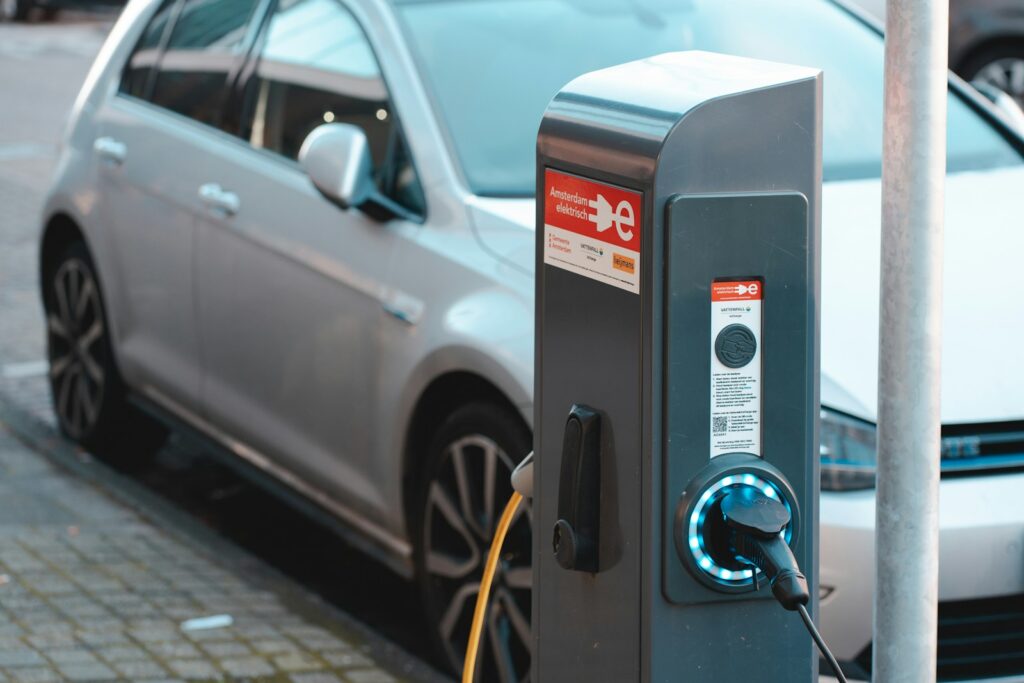
3. **The Enduring Challenge of Long-Distance Travel and Dwell Time**
While the focus often falls on the number of charging stations, the true challenge for EV drivers undertaking long road trips extends far beyond mere availability. The primary shortcoming, which is consistently overlooked in mainstream discussions, is the significant “dwell time” required at a charger. Unlike the quick five-minute fill-up at a gas station, even rapid charging for an EV can add substantial hours to a journey, fundamentally altering the calculus of long-distance travel.
To illustrate this point, consider a personal nine-hour drive. During this journey, approximately five brief stops were made, extending the total travel time to roughly 10 hours. However, when the same route was input into Tesla’s admittedly convenient online route planner, assuming a 363-mile-capable Tesla Model 3 Long Range, the estimated charging time alone was 1 hour and 40 minutes. This additional time would push the minimum journey length to just under 11 hours, not even accounting for the other necessary stops for food, restrooms, or rest.
This extended dwell time is a critical differentiator that impacts the overall user experience, particularly for families or individuals on tight schedules. While it’s true that such massive road trips constitute a relatively small percentage of a vehicle’s lifetime usage, the psychological barrier created by this inconvenience, often termed ‘range anxiety,’ is immense. The fear of being stranded or facing significantly prolonged travel times acts as a powerful deterrent, especially when compared to the established convenience of traditional refueling.
Furthermore, the technological limitations of current EV batteries contribute directly to this anxiety. Despite advancements, some electric vehicles still offer less than 200 miles on a full charge. This limited range, combined with the uncertainty of charger availability and the certainty of lengthy charging stops, makes long-distance travel a source of stress rather than enjoyment. For many consumers, the promise of an all-electric future must include a solution for seamless, efficient cross-country travel that rivals or surpasses the convenience of current gasoline vehicles, a benchmark that remains elusive for many EVs today.

4. **Inadequate and Inconvenient Charging Infrastructure**
The growth of electric vehicles hinges on a robust and accessible charging infrastructure, yet this remains a significant Achilles’ heel for widespread adoption. While the network of EV charging stations is indeed expanding, the pace and quality of this expansion are proving insufficient to meet the burgeoning demands of the market. Many drivers continue to find themselves waiting for available spots at public chargers, particularly during peak travel times or in densely populated urban areas, transforming a supposed convenience into a frustrating ordeal.
The financial realities of building out this infrastructure are also daunting. Setting up just one fast charger can cost an estimated $100,000. This substantial financial hurdle directly slows the expansion of charging networks, leaving numerous areas underserved. Rural regions, in particular, often lag significantly behind urban centers in terms of charging availability, creating invisible barriers that prevent equitable access to EV infrastructure. This disparity exacerbates range anxiety and reinforces the perception that EVs are primarily suited for specific, limited geographies.
Beyond mere numbers, the accessibility and location of public charging stations present further challenges. Many stations are situated in inconvenient locations, requiring drivers to deviate significantly from their routes or park in less-than-ideal spots. Furthermore, some charging networks demand special memberships or proprietary apps, adding another layer of complexity and frustration for EV drivers who desire a universally seamless charging experience. These logistical inefficiencies collectively diminish the practical appeal of electric vehicles for a broad consumer base.
Compounding these issues are serious concerns about the overall grid capacity. Experts have raised alarms that the existing electrical grid may not be equipped to handle the immense load that millions of new electric vehicles would impose. In regions already prone to power shutoffs due to wildfires or extreme weather, such as California, the prospect of an overtaxed grid leaves EV owners vulnerable and without reliable charging options. Without substantial and timely investment in grid upgrades, the ambition of a fully electrified transportation system risks being undermined by fundamental infrastructure limitations.
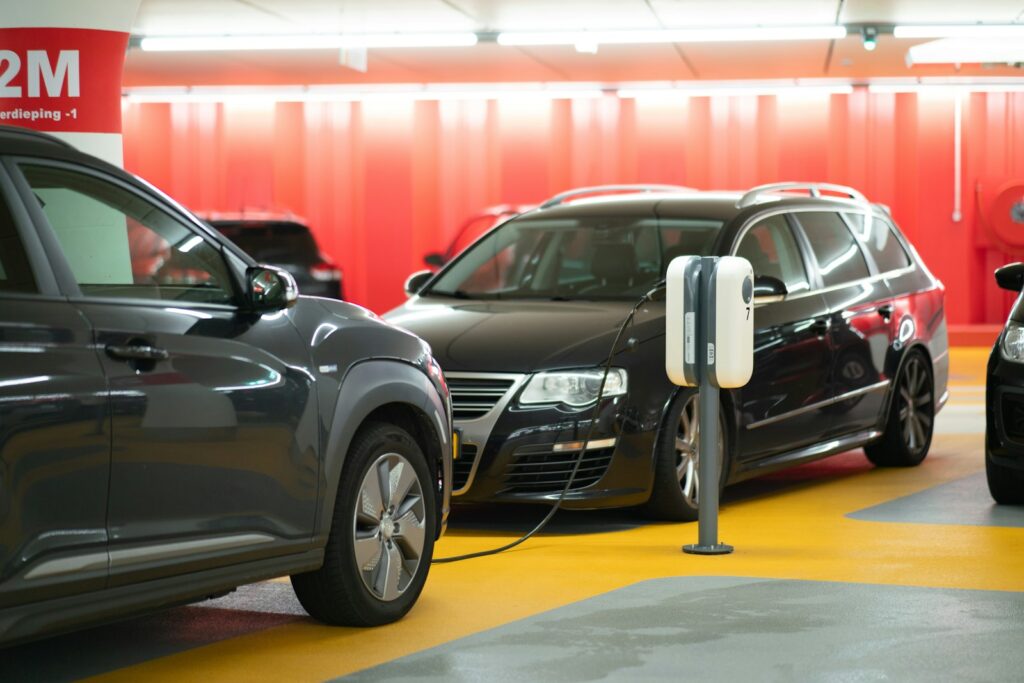
5. **Erosion of Crucial Tax Credits and Incentives**
A significant driver behind early EV adoption was the availability of federal and state tax credits and rebates, which effectively subsidized the higher upfront cost of these innovative vehicles. However, the potential elimination or reduction of these critical incentives now stands as a major deterrent for potential buyers. A recent AAA survey revealed that 12 percent of participants cited this very uncertainty as a reason to hold off on an EV purchase, underscoring the profound impact these financial benefits have on consumer decision-making.
The federal EV tax rebate, offering purchasers up to $7,500 off the price of qualifying vehicles, has been a monumental incentive. This substantial discount helps to bridge the significant price gap between EVs and traditional gasoline cars, making the all-electric lifestyle financially more attainable. The prospect of losing such a considerable sum significantly alters the value proposition, pushing many consumers back towards conventional options that do not rely on government subsidies to achieve a competitive price point.
Adding to the complexity are the specific eligibility requirements for these incentives. For instance, Volkswagen’s ID. Buzz, despite its innovative appeal, does not qualify for the federal tax rebate because it is assembled outside of North America. This geographic restriction immediately places it at a disadvantage compared to domestically produced or assembled EVs. While VW is attempting to circumvent this with lease bonuses of the same $7,500 amount, it highlights the bureaucratic hurdles that can complicate an otherwise straightforward purchasing decision and reduce consumer confidence in the long-term consistency of such programs.
Moreover, the Inflation Reduction Act’s EV incentives often phase out for higher-priced models, primarily impacting the luxury EV segment. This means that while cheaper, mass-market EVs may qualify for full tax credits, high-end models often receive nothing at all. This creates an uneven playing field, where premium EVs, already struggling with high price tags, lose a crucial competitive edge. The unpredictable shifts in federal and state EV incentives are directly disrupting luxury EV launch plans, causing automakers to pause U.S. investments as they monitor tariff risks and subsidy eligibility, creating an environment of policy uncertainty that discourages both investment and consumer commitment.
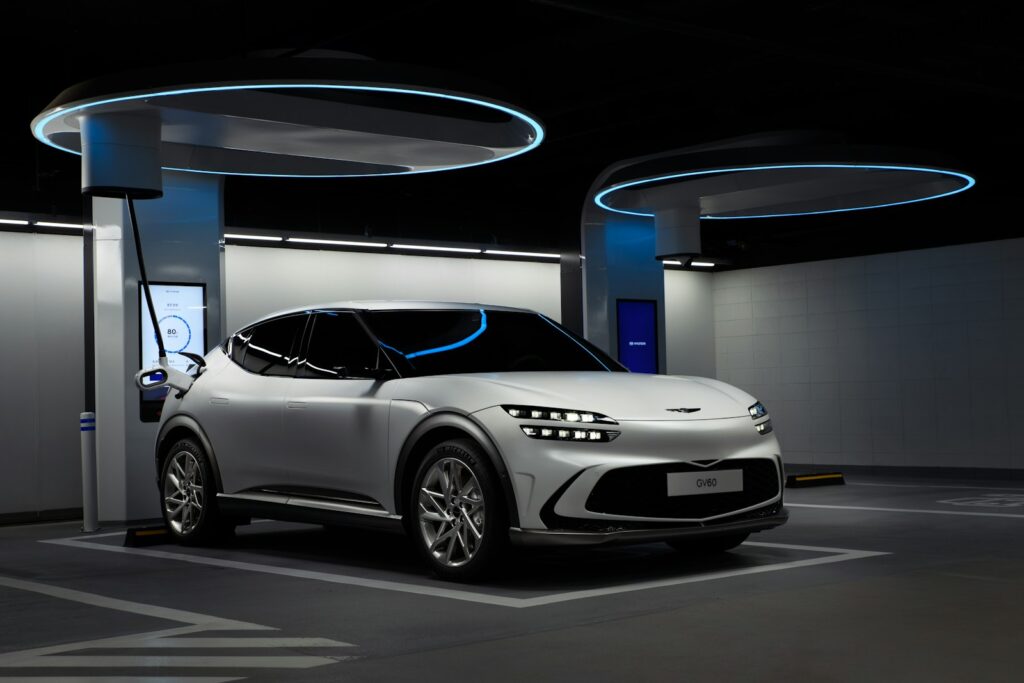
6. **Automakers Pivoting Towards Hybrid Solutions**
Amidst the slowdown in pure EV adoption, a notable industry trend has emerged: many major automakers are increasingly prioritizing plug-in hybrid-electric vehicles (PHEVs) and traditional hybrids as the optimal interim solution for U.S. markets. This strategic pivot reflects a pragmatic acknowledgment that while the aspiration for a greener future remains, manufacturers must still meet the immediate demands and preferences of their customer base. For now, that means developing and promoting vehicles that offer a more balanced and familiar transition to electrification.
Companies like Toyota, a long-time proponent of hybrid technology, are leading this charge, asserting that electrification is not a “one-size-fits-all solution.” This perspective resonates strongly with the findings of AAA’s study, which showed a significant decline in the percentage of U.S. drivers who believe most cars will be electric within the next decade—dropping from 44 percent in 2022 to just 23 percent this year. Such a dramatic shift in public sentiment provides compelling justification for a diversified approach to powertrain development.
Ford, General Motors, and Volkswagen, all of whom had previously committed aggressively to electric-only rollouts, are now openly pumping the brakes. They are reassessing their strategies and recognizing that a singular focus on pure EVs might be premature. This re-evaluation often involves a renewed emphasis on hybrids and plug-in hybrids, which offer consumers the flexibility of both electric-only range for daily commutes and the peace of mind of a gasoline engine for longer journeys, effectively mitigating range anxiety and charging infrastructure concerns.
Consumers are demonstrably leaning towards hybrids again. With a combination of gas and electric power, these vehicles provide a practical balance that pure EVs sometimes lack. Drivers appreciate the longer overall range and the inherent convenience of not having to constantly worry about charging stations, a significant psychological barrier for many. This shift in consumer preference is directly influencing automaker strategies, positioning hybrids as a key and increasingly vital component of their future lineups, rather than a mere stepping stone to an exclusively electric future. This trend suggests a more gradual, adaptive evolution of the automotive market than initially predicted.
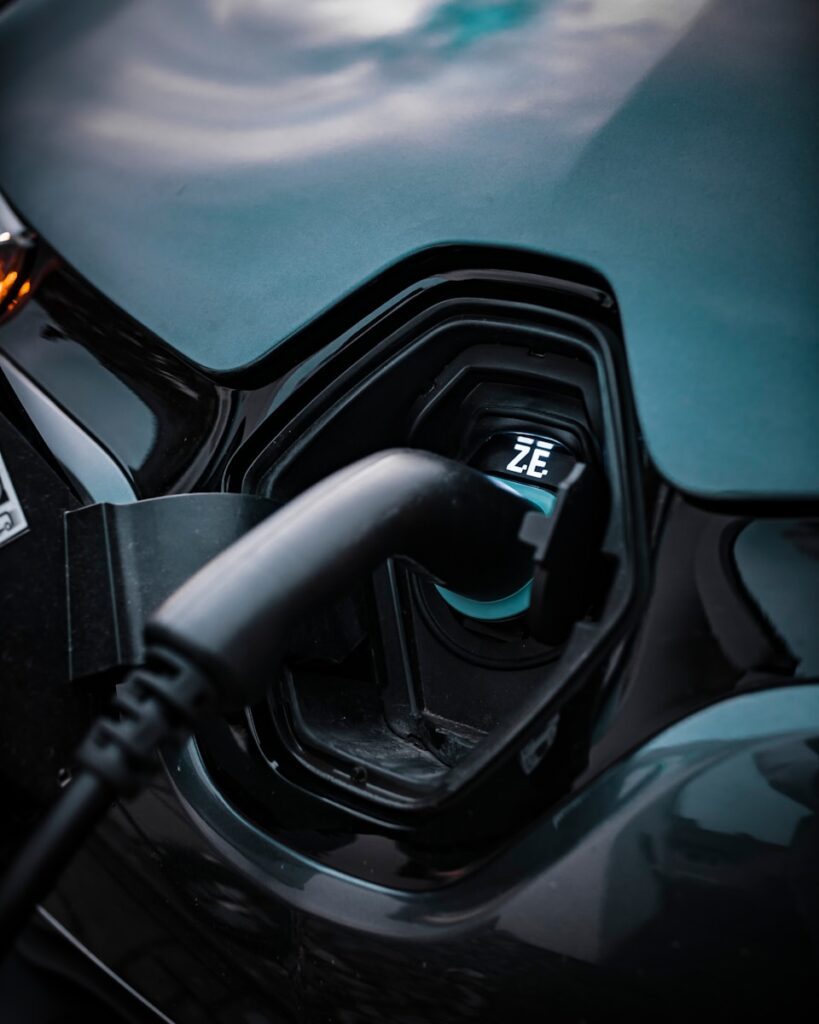
7. **Dealers Dragging Their Feet on Sales**
Beyond the sticker price and dwindling incentives, a more insidious issue plagues the luxury EV segment: the surprising reluctance of many U.S. dealerships. Despite the innovative allure of electric vehicles, a significant number of sales floors are neither adequately trained nor sufficiently motivated to champion these advanced machines, often resulting in a noticeable lack of stock. This creates a disconnect where a pioneering product struggles to find an enthusiastic retail channel.
The root of this problem lies deep within the traditional dealership business model. A substantial portion of a dealership’s profit has historically stemmed from the lucrative service and repair of internal combustion engine (ICE) vehicles. Electric vehicles, with their fewer moving parts and reduced maintenance requirements, represent a direct threat to this established revenue stream. This inherent conflict often translates into a passive, if not resistant, approach to selling EVs, particularly the higher-end models that demand more specialized knowledge.
The consequences for luxury EVs are tangible and damaging. Many premium electric models are scarcely available for test drives, poorly marketed through traditional channels, or even face significant delays in their release schedules due to a lack of dealer buy-in. Even if a prospective buyer is proactive enough to seek one out, they may encounter a surprising lack of guidance or support from sales staff who are more comfortable with gasoline models. This ‘hidden friction’ in the sales process can effectively sink a potential sale long before a test drive even happens, undermining consumer interest and the brand’s investment.
This inertia at the dealership level acts as a considerable, yet often overlooked, barrier to luxury EV adoption. Until dealerships are either incentivized differently or fundamentally restructure their profit centers to embrace the electric future, the journey from an automaker’s production line to a customer’s driveway will remain an uphill battle for many groundbreaking EVs. It’s a systemic challenge that demands more than just innovative engineering; it requires a transformation of the entire sales ecosystem.
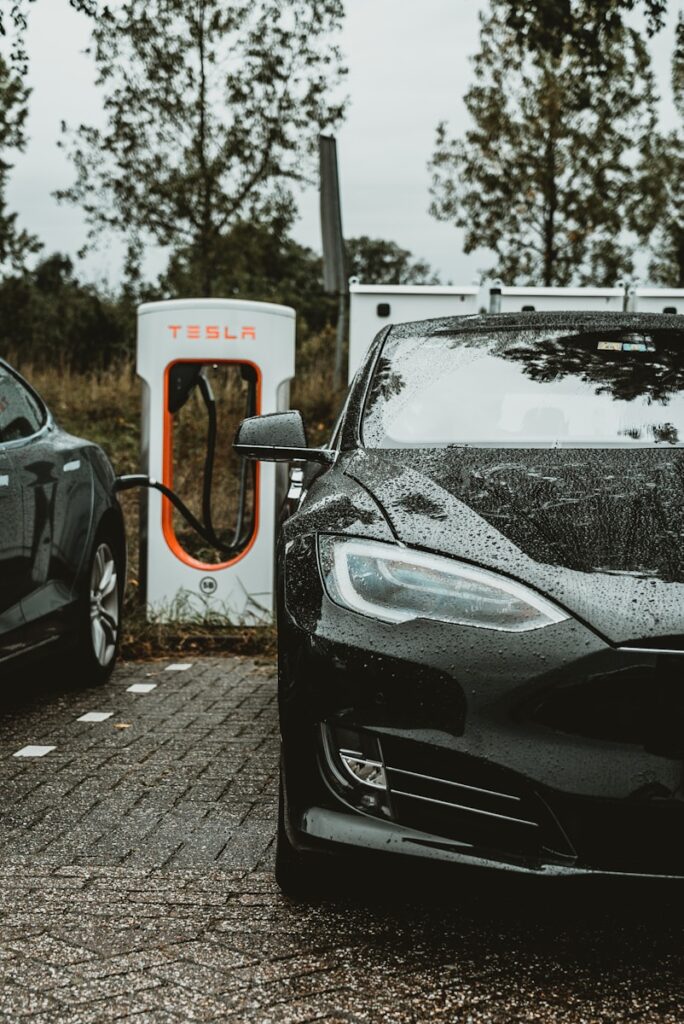
8. **Policy Uncertainty and Production Snags**
The dynamic landscape of government policy, particularly concerning EV incentives, has introduced a pervasive layer of uncertainty that is profoundly disrupting luxury EV launch plans and investment strategies in the U.S. Automakers, typically meticulous in their long-term planning, are now finding themselves in a state of flux, forced to reconsider market entries and production allocations as regulatory winds shift unpredictably. This creates an environment where forward momentum is difficult to sustain.
This policy volatility has tangible economic repercussions. Major analytical firms, such as BloombergNEF, have already responded by slashing their U.S. EV sales forecasts, directly citing the looming threat of credit rollbacks as a key factor. In a climate where every investment is scrutinized, luxury automakers are understandably pausing significant U.S. commitments, waiting to see how tariff risks and subsidy eligibility will ultimately play out. Such hesitation translates directly into delayed innovation and reduced market offerings for consumers.
The ripple effect extends to the very availability of new models. Uncertainty surrounding incentives and trade policies can cause significant delays in bringing new luxury EVs to market, frustrating eager buyers who are ready to embrace the latest technology. It’s incredibly challenging for manufacturers to maintain enthusiasm and market momentum when they cannot reliably predict whether their substantial investments in new electric platforms and vehicles will be financially viable under future policy frameworks. This regulatory labyrinth adds an unwelcome layer of risk to an already capital-intensive industry.
We’ve seen these challenges manifest directly in the market. Ferrari, for instance, has announced delays for its second EV model until at least 2028, citing weak demand, while Porsche has scaled back its EV plans due to soft sales of its electric Macan SUV and Taycan models. The depreciation on the Taycan, in particular, has been described as ‘eye-watering,’ with some Porsche dealers even refusing to take their own brand’s performance EV from owners looking to offload or upgrade. Audi, too, discontinued its Q8 E-tron after the closure of its Belgian factory, attributing it to a ‘global decline in customer orders in the electric luxury class segment.’
These examples underscore the critical impact of policy and market forces. The all-electric Mercedes G-Wagen, for example, which retails for a staggering $162,000, has reportedly been a ‘complete flop’ in Europe since its launch, with Mercedes selling only 1,450 units through April, significantly below its combustion variants. As Peter Wells, a business professor at Cardiff University, wisely notes, ‘Large premium EVs require very large batteries to match anything like the performance of typical ICE versions, and this increases their price.’ He adds that the days when brands like Porsche and Audi could simply expand output and command premium prices are ‘now over,’ highlighting a fundamental shift in market dynamics exacerbated by policy uncertainties and high production costs.
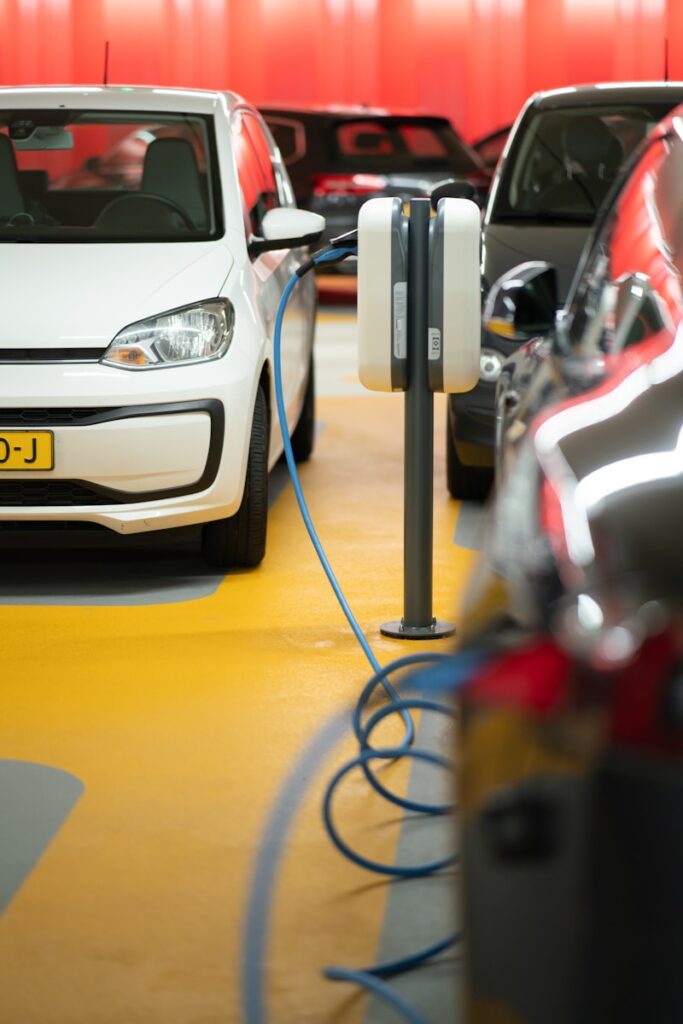
9. **Competition from Affordable Alternatives**
While luxury EVs navigate the choppy waters of high price points and wavering incentives, a powerful competitive force is emerging from the mass market: a burgeoning array of cheaper, yet remarkably well-equipped, electric alternatives. These more accessible models are increasingly capturing a larger share of household budgets, presenting a formidable challenge to their high-end counterparts. This dynamic suggests that consumers are keenly evaluating value, rather than solely prestige.
Indeed, brands like Chevy, Ford, Hyundai, and Tesla are making significant inroads by offering electric vehicles priced below $50,000, complete with solid range capabilities and an impressive suite of features. These vehicles provide a compelling proposition: the benefits of electric driving without the prohibitive premium associated with the luxury segment. This accessibility broadens the appeal of EVs to a wider demographic, shifting the focus from exclusive status to practical, everyday usability.
The gravitational pull towards affordability is so strong that even established luxury brands are recognizing the trend and adjusting their strategies. Companies like BMW are reportedly pivoting within their own EV lineups to introduce more affordably priced options. This strategic shift demonstrates an industry-wide acknowledgment that the battle for EV market share will increasingly be won on the grounds of perceived value and accessibility, rather than merely technological superiority or brand cachet.
In this pricing tug-of-war, luxury EVs risk being relegated to the status of overpriced symbols rather than smart, forward-thinking electric investments. Consumers, increasingly informed and pragmatic, are demonstrating that they love electric vehicles, but they are also smart enough to thoroughly shop around. The market is clearly signaling that a compelling blend of range, features, and an approachable price point is often more influential than a high-end badge, challenging the very definition of ‘luxury’ in the electric age.
10. **Political Backlash and Brand Image Woes**T
The highly charged political climate has unexpectedly found its way onto the automotive red carpet, and it’s having a tangible effect on luxury EV adoption. The political affiliations and public personas of key leaders within the EV space, notably Tesla’s Elon Musk, have become frequent flashpoints, injecting an element of controversy into what was once a purely technological conversation. This intertwining of politics and brand can be a double-edged sword, especially for premium brands.
Consumer surveys are beginning to reflect this growing sentiment, suggesting that some buyers are actively turned off by the political leanings or public statements associated with certain EV brands or their figureheads. This phenomenon is particularly pronounced among specific demographics, leading luxury brands to fear that such controversies could directly impact dealership foot traffic, dampen initial interest, or even diminish after-sales engagement, which is crucial for fostering long-term loyalty in the high-end market.
The apprehension isn’t limited to domestic players. Foreign luxury brands that rely on U.S. incentives to make their premium EVs more competitive are also deeply concerned about the longevity and stability of these crucial tax credits. They operate under the constant worry that political shifts could abruptly eliminate these subsidies, leaving their higher-priced vehicles at an even greater disadvantage. This uncertainty creates a challenging environment for market entry and sustained growth.
Ultimately, as politics increasingly seep into brand perception, luxury EVs find themselves caught in the crossfire. The aspiration of prestige and environmental responsibility can be overshadowed by external political narratives, making it harder for these vehicles to appeal to a broad, discerning customer base. For luxury brands, maintaining a carefully curated image becomes infinitely more complex when their products become associated with polarizing public figures or contentious policy debates, potentially alienating segments of their target market.
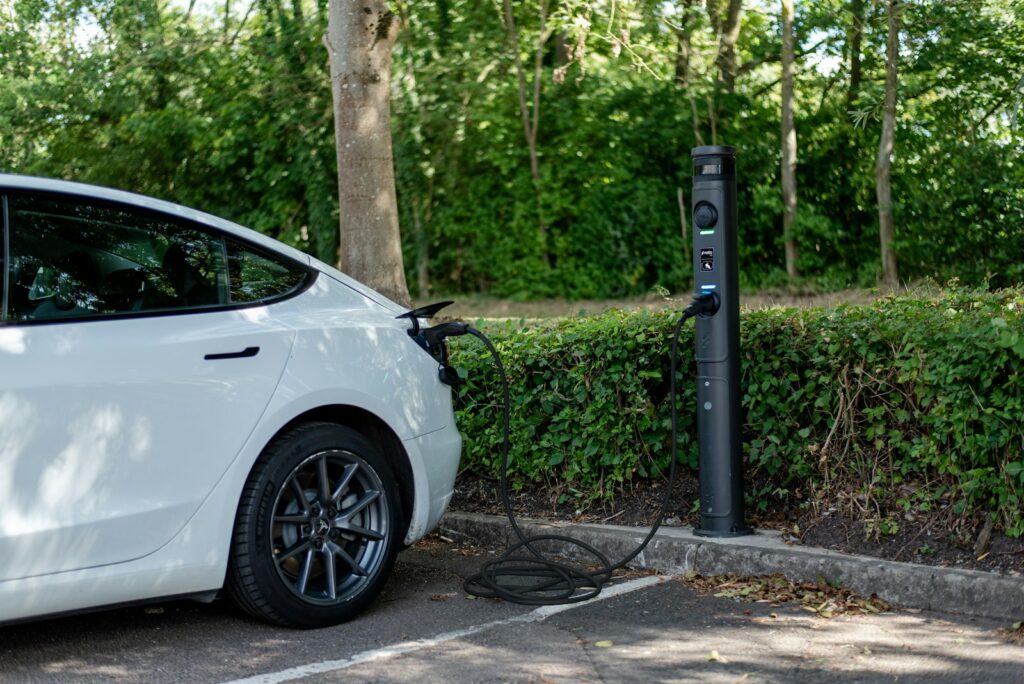
11. **Economic Chill and Pull-Forward Effect**
The luxury automotive segment, often considered resilient, has not been immune to broader economic pressures, and for electric vehicles, this has been compounded by a unique ‘pull-forward’ effect. This phenomenon saw a surge of buyers rushing to capitalize on expiring tax credits, creating an artificial boost in sales that inevitably led to a post-incentive slump. Once these financial inducements vanished, so too did a portion of the demand for high-ticket luxury EVs, leaving a vacuum in the market.
As these lucrative incentives fade into the rearview mirror, so does a significant chunk of the interest in premium electric models. For many consumers, the allure of an electric vehicle was heavily tied to the financial savings offered by government programs, helping to offset the often-higher initial purchase price. Without that substantial discount, the perceived value proposition shifts dramatically, making it harder for luxury EVs to justify their premium price tags in the absence of a clear financial advantage.
Compounding this post-incentive cooldown are broader macroeconomic headwinds. Rising loan interest rates are making vehicle financing more expensive across the board, and persistent inflation is eroding purchasing power, causing consumers to prioritize essential expenditures over discretionary ones. In such an economic climate, luxury EVs—which are typically considered a non-essential, aspirational purchase—are often among the first items to be delayed, reconsidered, or outright canceled from household budgets.
This confluence of the ‘pull-forward’ effect and general economic tightening is notably cooling U.S. demand for luxury EVs, perhaps more so than in other global markets where different incentive structures or economic conditions prevail. It highlights a critical vulnerability for the luxury EV segment: its sensitivity to both specific government policies and the wider economic health, proving that even the most innovative and prestigious vehicles are not immune to financial realities and consumer belt-tightening.
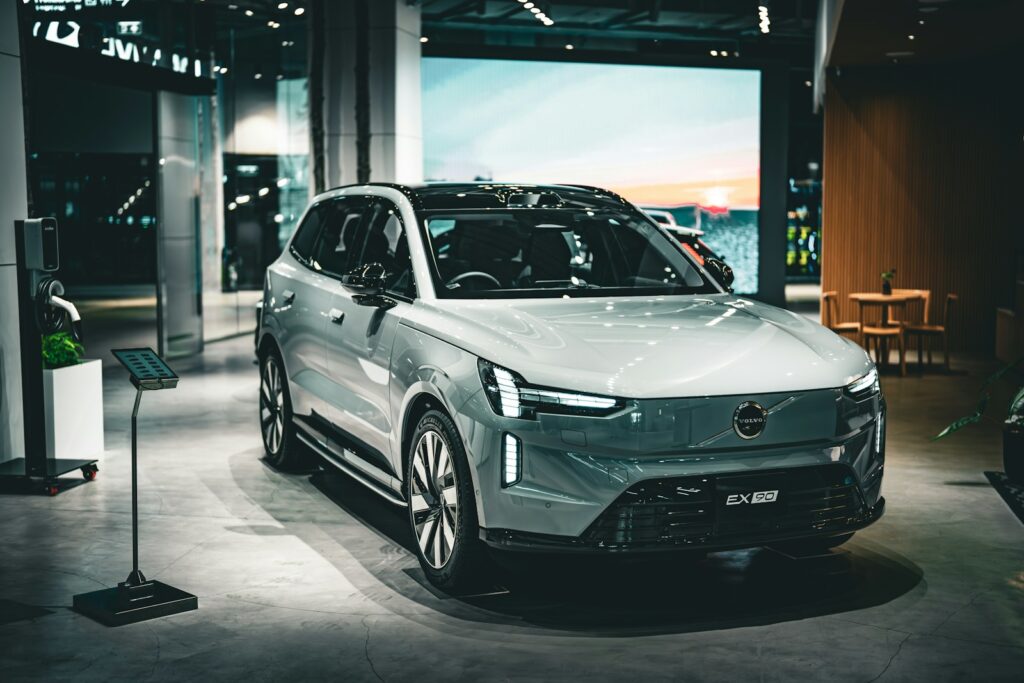
12. **Persistent Technological Limitations (Beyond Range)**
While the promise of electric vehicles is undeniably captivating, they continue to grapple with fundamental technological limitations, many of which extend far beyond the commonly discussed topic of range anxiety. At the heart of this lies battery technology itself. Lithium-ion batteries, though standard, still face inherent constraints regarding energy density and overall cost, limitations that can hinder performance expectations for consumers accustomed to the immediate convenience and efficiency of traditional vehicles.
Furthermore, the environmental narrative surrounding EVs often overlooks significant concerns tied to battery production. The mining of raw materials and the complex manufacturing processes involved can carry a substantial ecological footprint. Moreover, the long-term disposal and recycling of these large battery packs present an evolving environmental challenge that demands innovative solutions, reminding us that ‘zero emissions’ at the tailpipe doesn’t equate to zero environmental impact across the entire lifecycle.
Beyond the battery, the maintenance and repair landscape for EVs introduces its own set of complexities. While electric vehicles generally boast fewer moving parts and thus potentially lower routine maintenance needs than their internal combustion counterparts, when issues do arise, repairs can be notably costly and time-consuming. The specialized nature of EV components, particularly the high-voltage systems, means that not all mechanics are equipped or trained to handle them, leading to longer wait times and higher bills for owners.
The technology in EVs is still very much in a state of rapid evolution, which, while exciting for innovation, can also result in unexpected issues cropping up that complicate ownership. These factors—from the inherent battery limitations and their environmental considerations to the specialized, potentially expensive nature of repairs—collectively contribute to the perception that EVs may remain a niche choice for many, until these significant technological and practical hurdles are more comprehensively overcome, thus influencing broad public sentiment.
Ultimately, the media’s focus often paints an overly simplistic picture, fixating heavily on the ‘zero emissions’ label and sometimes overlooking these deeper technological and lifecycle nuances. This skewed focus can lead to misunderstandings among consumers who might not be fully aware of the comprehensive environmental impact or the practicalities of long-term ownership. For a truly informed transition to electric, a more balanced narrative that acknowledges both the triumphs and the persistent challenges of EV technology is essential.
The journey toward an all-electric automotive future, once envisioned as a clear and unobstructed path, is proving to be a winding road filled with complex challenges. From the initial hurdles of high prices and rapid depreciation to the deeper systemic issues of dealership resistance, policy uncertainty, intense market competition, and even the intricate dance of political perception and economic shifts, it’s clear that the electric dream faces multifaceted opposition. The mechanics have spoken, and their insights reveal that success hinges not just on innovative engineering but on a holistic transformation of infrastructure, policy, and market dynamics. For electric vehicles to truly become the game-changers they are destined to be, the industry must navigate these obstacles with a clear-eyed understanding, adapting its strategies to the evolving realities of consumer preference and economic climates. The conversation around EVs is far from over; it’s just getting more interesting.

